Yes, you’ll find lush green forests and the whitest of beaches. But there is a lot more to discover in the Caribbean islands. Made up of over 30 countries, it really is no surprise that parts of these idyllic island are untouched.
These under-the-radar pieces of paradise offer everything from diverse capitals to hikes in tropical rainforests. And what’s better? No crowds. Visit one of these untapped Caribbean islands, where the island actually feels like your own.
Islanders call Saba “The Unspoiled Queen of the Caribbean”. Pronounced “Say-ba”, this unspoiled island in the Dutch Antilles, is just a 12 minute flight away from St. Maarten and St. Barth’s and its natural landscapes and striking biodiversity are some of the most beautiful you’ll come across. Over its five-square-miles, it has three ecosystems (rainforest, cloud forest, and coral reef) and seven vegetation zones. It’s a fact that few islands in the Caribbean are as biodiverse as Saba for its size.
Once you land into Juancho E. Yrausquin airport (with the world’s shortest commercial runway at 1300 feet) in Hell’s Gate, make your way down Saba’s one and only main thoroughfare named “The Road” (of course!), where you can get to know the other three Dutch colonial villages—Windwardside, St. John, and The Bottom, Saba’s capital.
Almost two dozen trails run through Saba’s rugged surface, the most popular hike requires trudging up more than 1,000 slick-when-wet steps to the misty summit of Mount Scenery, Saba’s signature sight. It’s worth it for the view.
The waters are rich in brilliantly hued tropical fish, giant grouper, myriad shark species and other marine life. And with a small airport and no real harbour, its safe to say you can enjoy this island in all its glory, sans cruise ships and over tourism.
Caye Caulker is a small Caribbean island off the coast of Belize. It’s divided by a narrow channel called the Split, where there’s a bar and a sandy beach. What else?? In fact, Caye Caulker used to be longer than its current one mile length, but in 1961 Hurricane Hattie literally cut the island in two. The result is the aptly named “The Split” where water divides the two pieces of land, which in turn became the most happening spot in Caye Caulker
Step onto the island, barefoot of course, and explore the whole place in an hour. Then enjoy nature at its best. Caye Caulker is surrounded by the spectacular Belize Barrier Reef which is the second longest in the world, making it ideal for underwater adventures. With crystal clear waters, there is nothing better than snorkelling, try it with sharks in the Hol Chan Marine Reserve and scuba diving in the famous Great Blue Hole (not one for beginners).
The philosophy here? No shirt. No shoes. No problem.
It’s easy to believe the legend that Robert Louis Stevenson based Treasure Island, published 130 years ago this year, on this untrampled corner of the Caribbean.
An island within an island (Cuba), Isla de la Juventud (Island of Youth) has a long and dramatic history, along with dozens of name changes, and many who have tried to colonise it.
With 70 shipwrecks and over 40 types of coral and an abundance of marine life, it’s a great place to dive. But the youthful island has more to offer than this. With a coastline of 229 kilometres, the beaches are quite varied. The luxuriant growth of mangrove dominates in the north, east, and west of the island. And in the south you’ll find a 30 kilometres of beautiful beaches with fine white sand, interrupted by small and sheltering covers, cliffs and mangrove bushes.
The single real town of Nueva Gerona was founded in 1830. For those keen to explore further, there are some intriguing pre-Columbian cave paintings in the south and, close to the capital, the museum at the abandoned Presidio Modelo, a prison whose most famous inmate was Fidel Castro.
Want to escape the madness of Cuba? This is where you head for one of Cuba’s best-kept secrets.
Îles des Saintes (“Islands of the Saints”), also known as Les Saintes, is a group of small islands in the archipelago of Guadeloupe. It’s where you can enjoy the ‘Old Caribbean’, and while it is not a secret, it is still Guadeloupe’s least explored corner, and perhaps one of its most beautiful regions.
Terre-de Haut and Terre-de-Bas are two of the inhabited islands amongst the seven in total. French sophistication with a laid-back Caribbean vibe. Take a day-trip via daily ferry to Terre-de-Haut and enjoy the white-sand beaches, sailing, and snorkelling in the bay. Perched on a hill on the island, Fort Napoleon is the must-see site of Terre-de-Haut. Make your way up by foot or scooter for panoramic views.
On your way back down from the fort, make a stop in the charming town of Terre-de-Haut, where you must try one of their local bistros, then visit its pretty little church made of volcanic stone.
And of course the beaches. Pompierre beach, Anse Rodrigue beach, Anse Crawen beach, or the beaches of Petite Anse du Pain de Sucre and Anse Devant, are ideal places to relax and take a dip in the ocean!
Terre-de-Bas, while lesser known, is where you’ll find more peace and quiet, with some time to appreciate its calm.
Not many travellers know the name of this tiny Caribbean island. Sitting just below the Hurricane Belt, it also hasn’t been spoiled by tourists. It’s an island for water lovers. Bonaire has consistently ranked as the finest snorkelling and scuba diving destinations in in the Caribbean, because all of the waters off Bonaire’s coast have been legally protected since 1979, and it shows.
And aside from water sports, there is plenty to do – from their year round concerts, farmers markets, artist venues, and kunuku visits. For example…did you know that there is a sustainable goat cheese farm on island?
Bonaire has been the centre of the Caribbean’s salt industry. Stunning pink-coloured flats that cover about one-tenth of the island’s total surface area, worth a visit. Spot the pink flamingos (even the island’s airport is named after them).
The two best places to spot pink flamingos in Bonaire are Goto Lake in the north of the island and Pink Beach near the salt flats. And take a walk along Kaya Grandi, the main shopping district with colourful colonial-style buildings that date back to the late 1800s.
Montserrat is one of the Caribbean’s most dramatic islands, often referred to as the ‘Pompeii of the Caribbean’, not only in terms of its soaring peaks and rainforest-covered hillsides, but also due to the cataclysmic eruptions of the Soufrière Hills Volcano that took place in the late 1990s. Rebuilding itself, Montserrat is slowly recovering. The population is growing and tourists are returning too, with the slow rhythm of life developing, friendly locals, fabulous hiking and birdwatching, and a welcome tranquil ambience of the old Caribbean.
Tours are run by local guides, so many of whom lived through the worst of the eruptions. And as tourists start coming back to Montserrat, they are intrigued to see the destruction in the volcano-ruined areas. Day trips to the Montserrat Volcano Observatory provide views of the smoking mountain and the desolation surrounding it. For beach lovers, Montserrat has just one white sandy beach, but it is a real beauty. Rendezvous Bay is a perfect crescent of pristine sand sloping down to aqua-clear water. It is a favourite haven for swimming and snorkelling, accessible via a steep trail from Little Bay or by boat.
Visit the Montserrat Cultural Centre, a gift to the island’s residents from Beatles producer Sir George Martin. Martin established the recording studio, AIR Studios Montserrat, on the island in 1977 attracting artists such as Stevie Wonder, Sir Paul McCartney and Sir Elton John. If its beach you are after, unlike the rest of the Caribbean and its pristine white beaches, Montserrat beaches have mostly grey or black sand due to the Soufrière Hills volcanic eruption.
The future is bright for the tiny island with new holiday homes being built and small golf courses springing up. The lush greenery and remoteness makes it an appealing island escape.
Inspired to visit the Caribbean? Read our Hot Hotels edit here. Get booking!


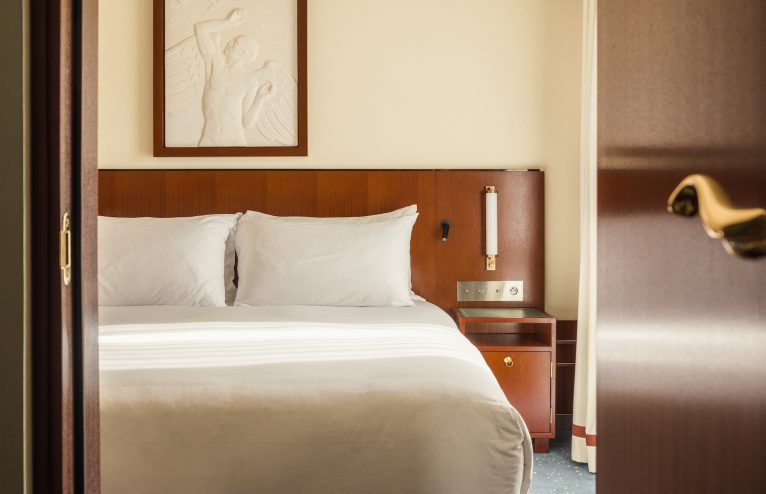
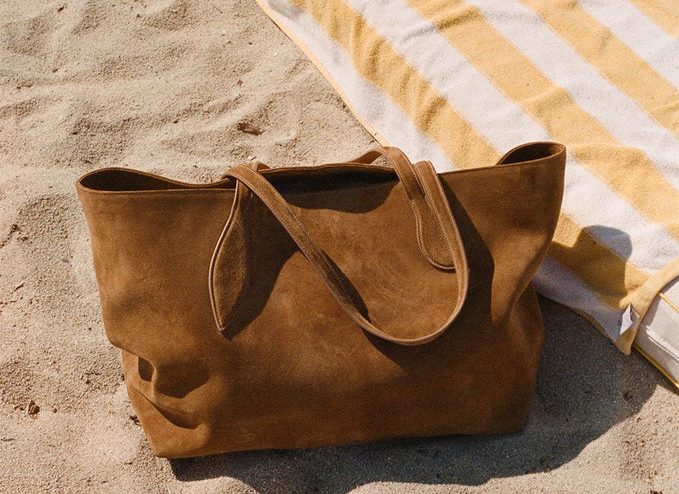


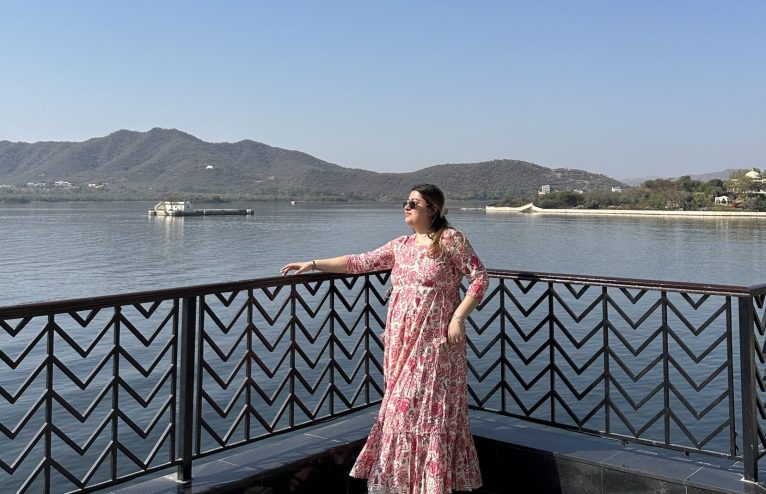
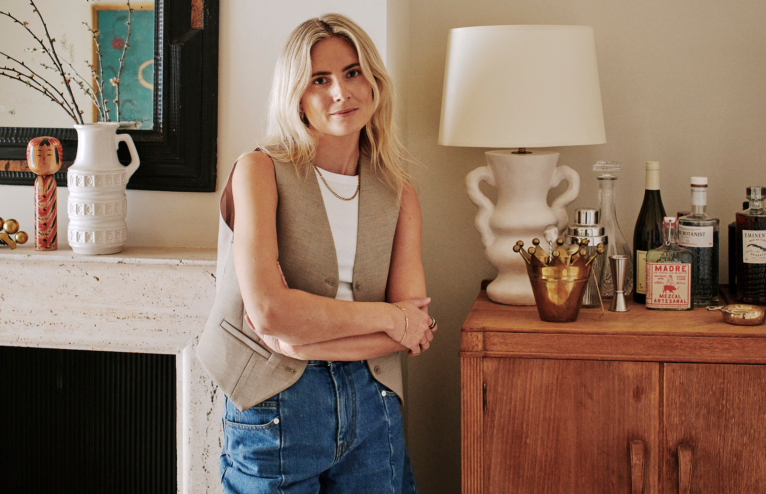
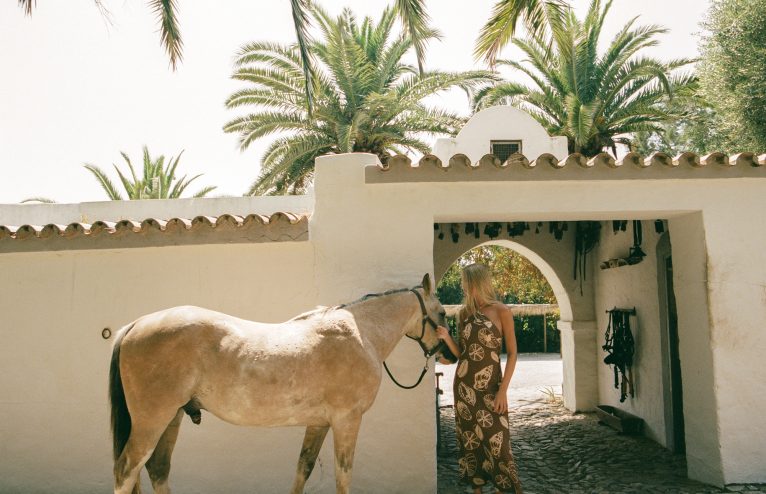
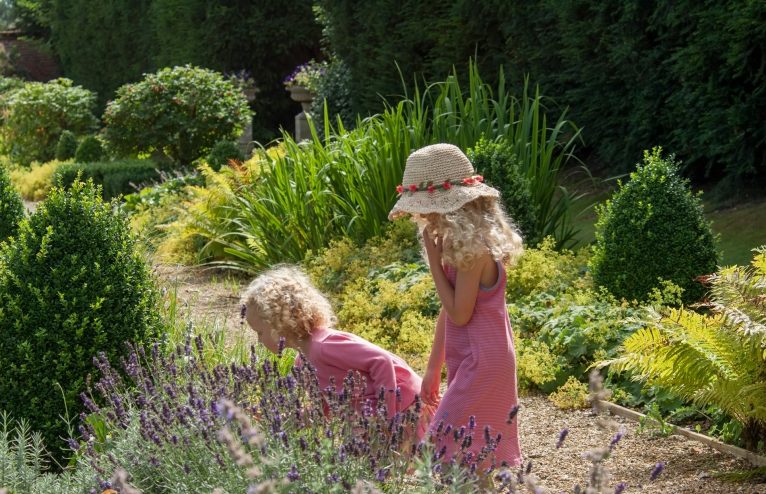
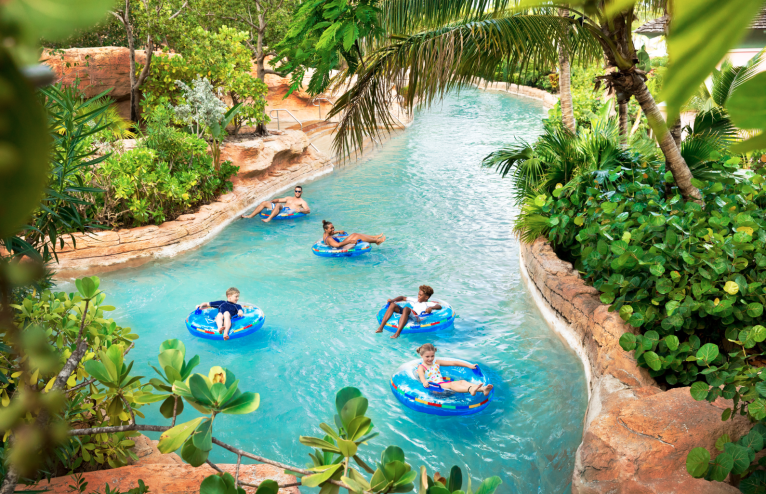





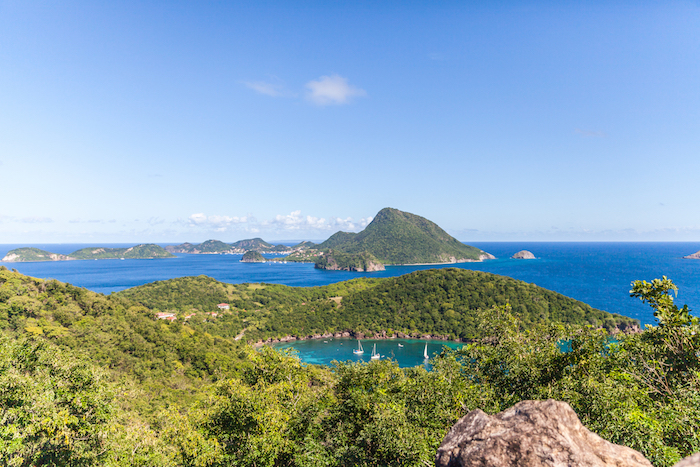
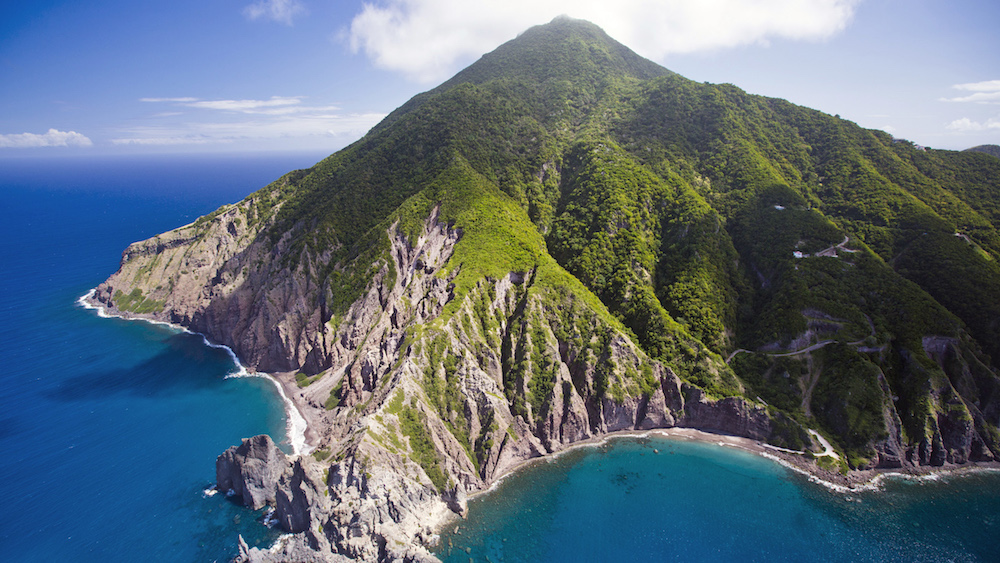
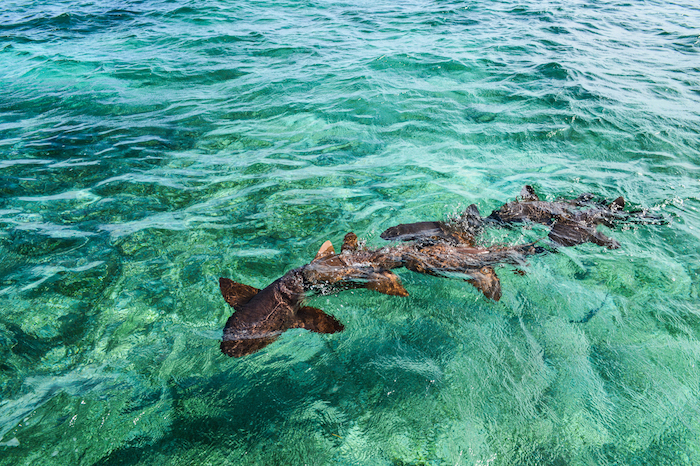

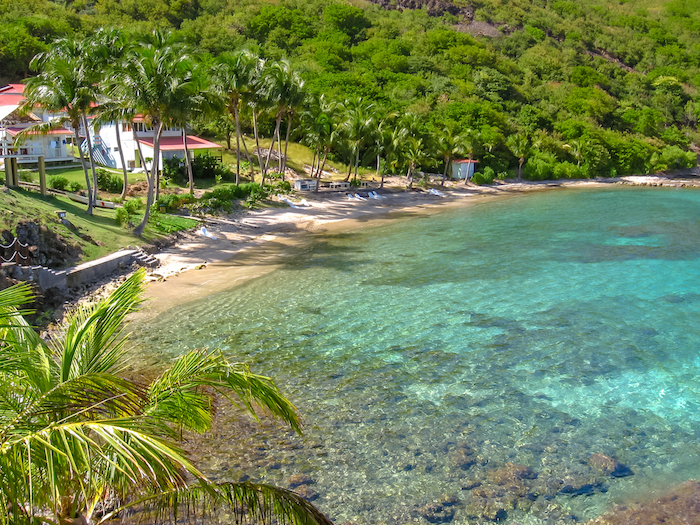


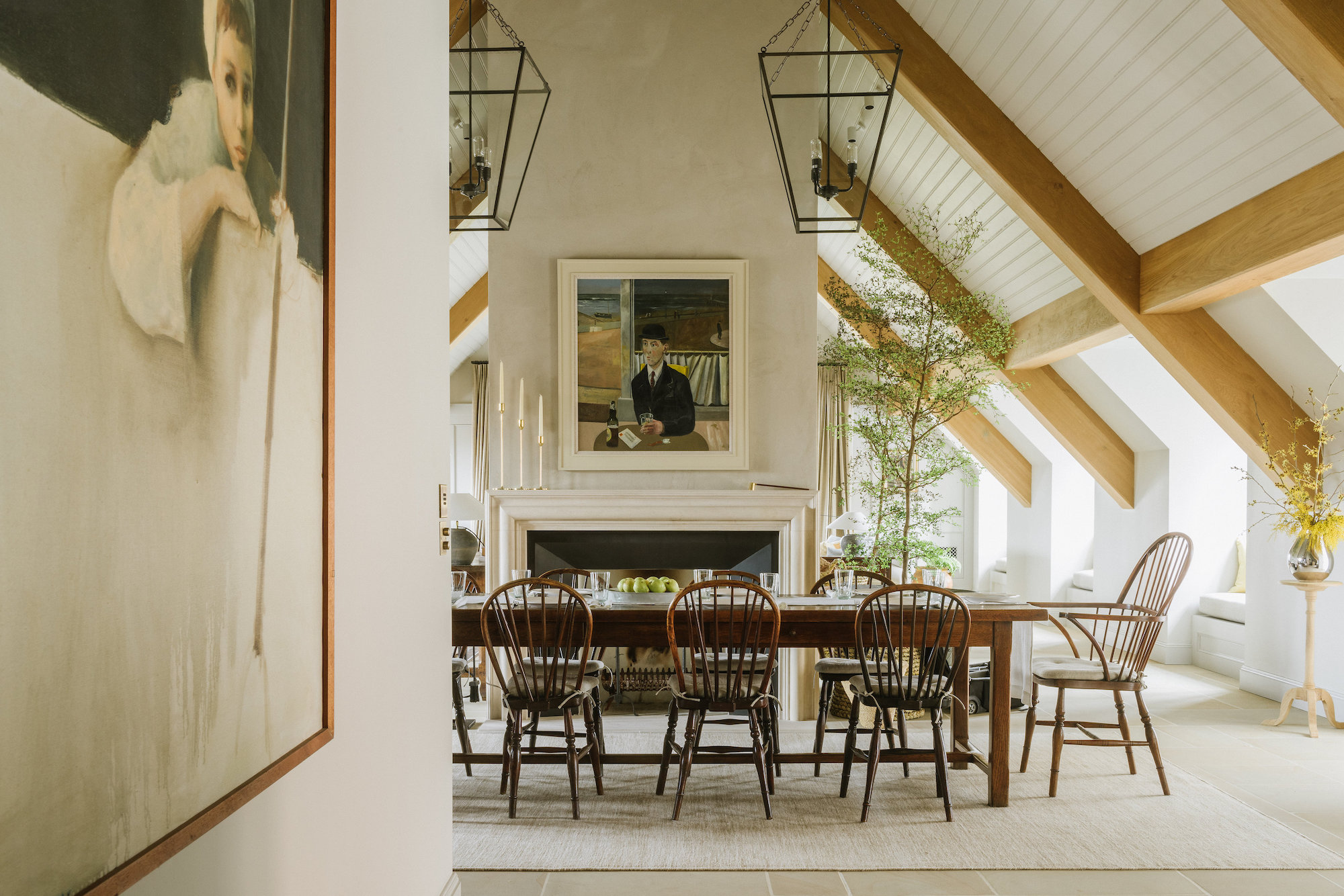
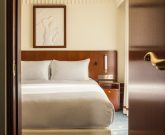
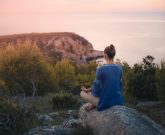
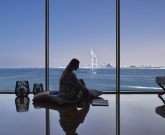
Any Questions or Tips to add?